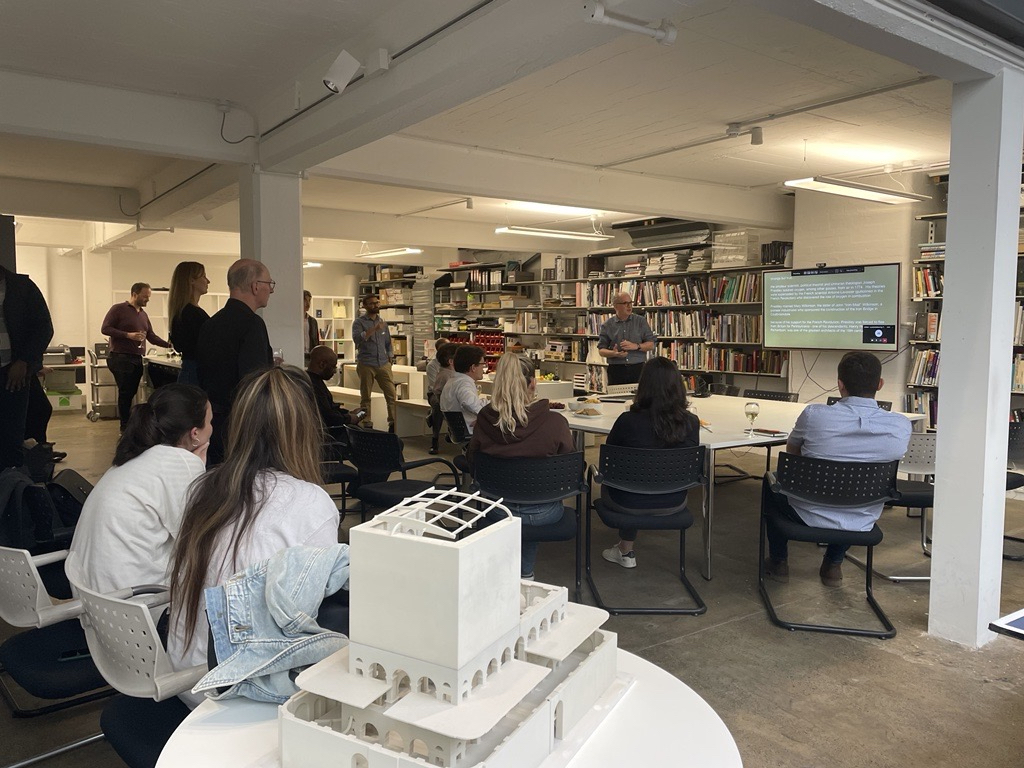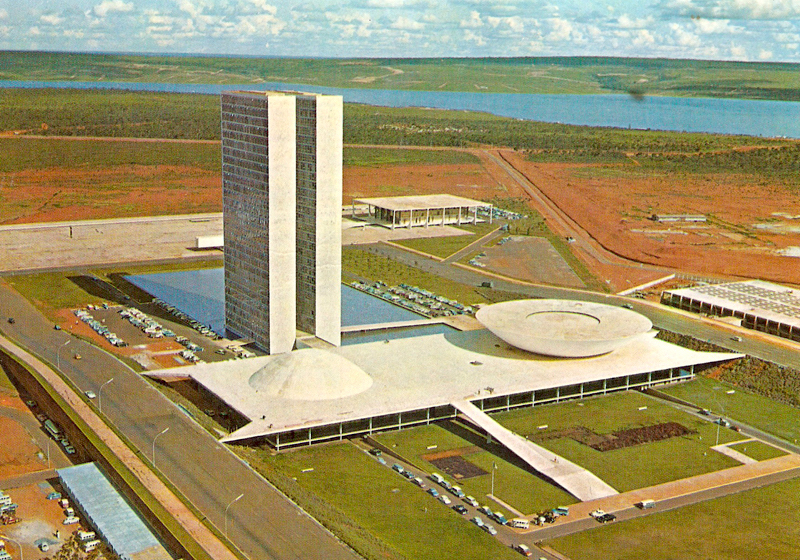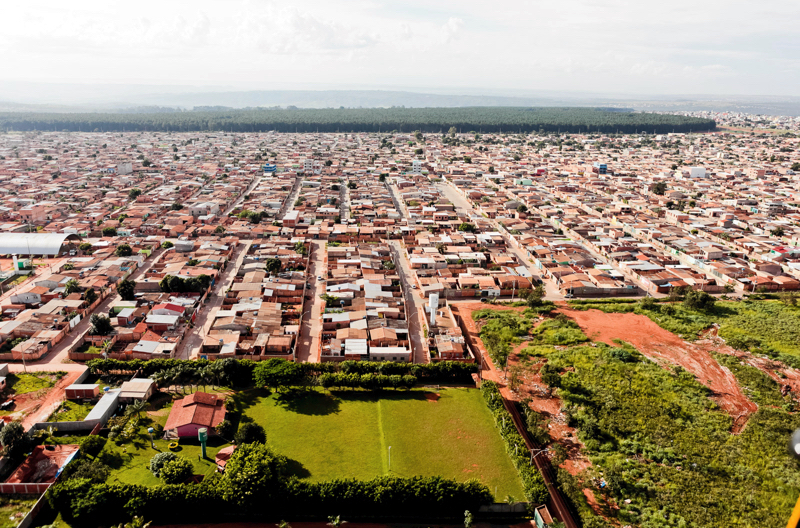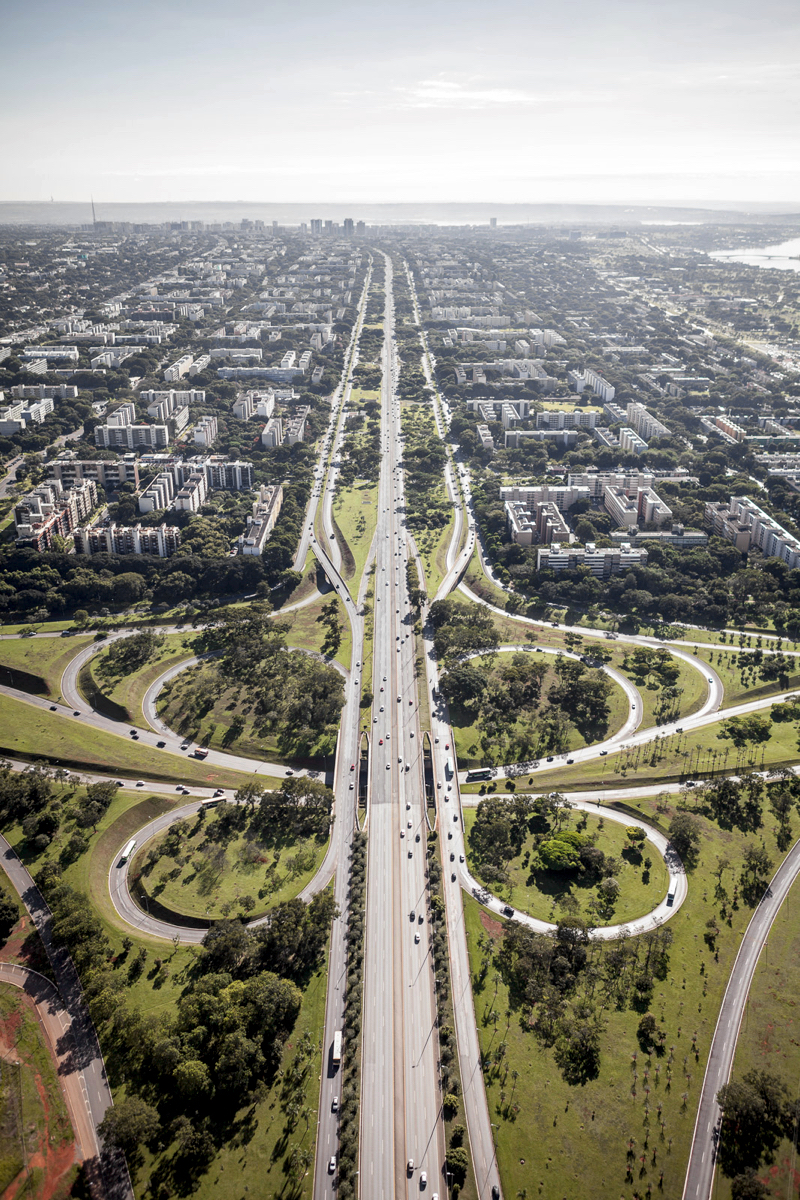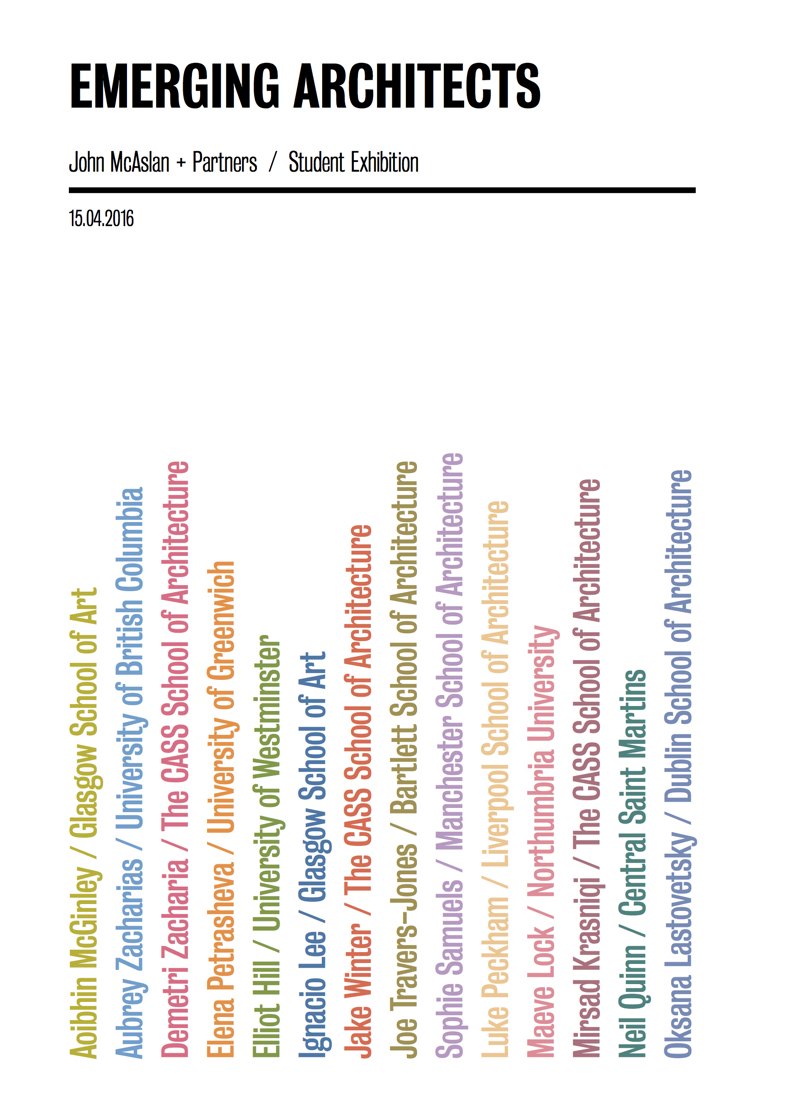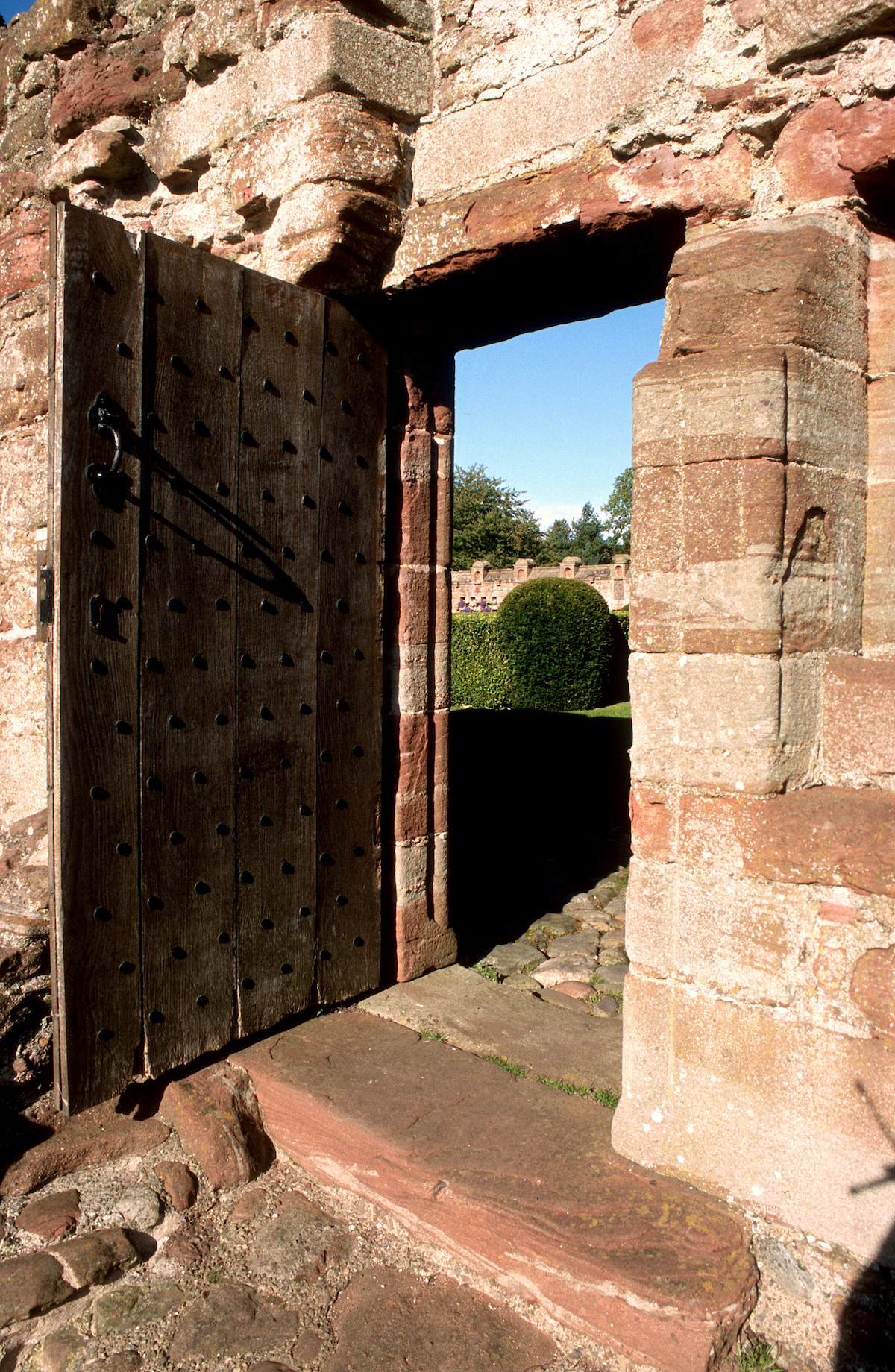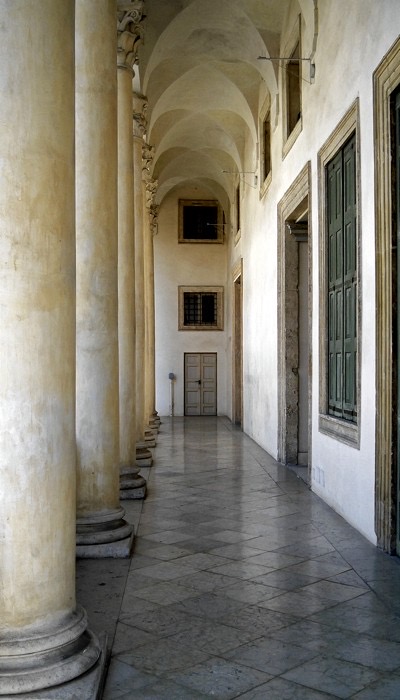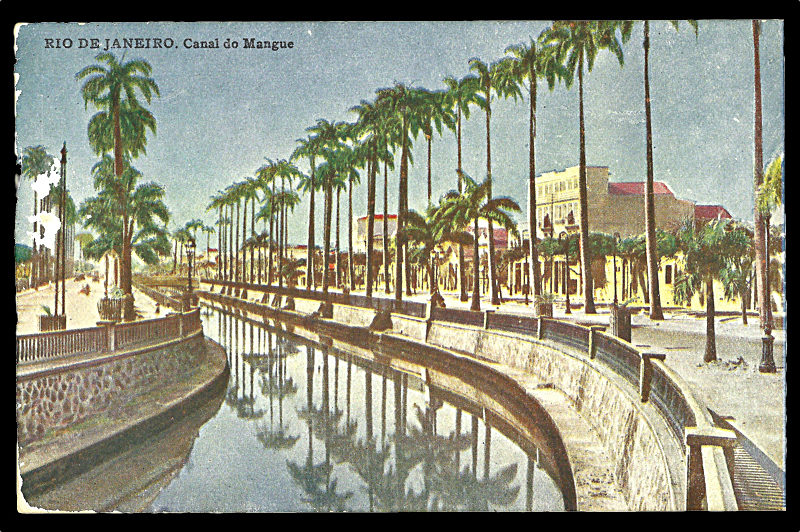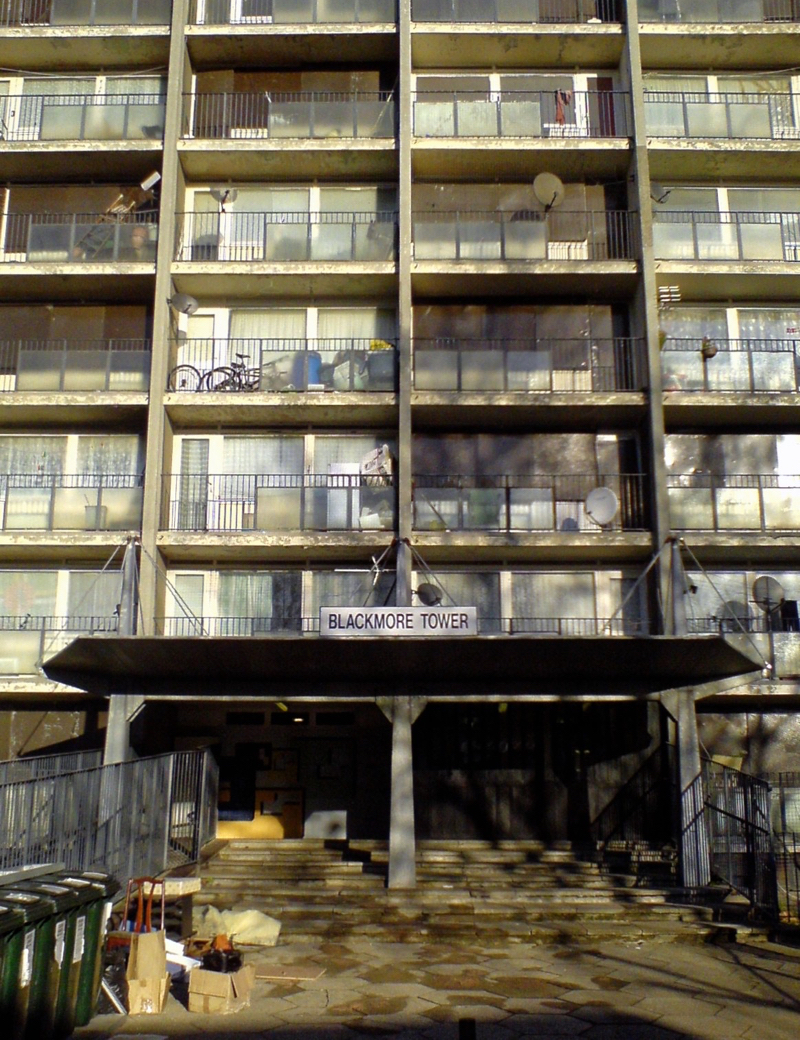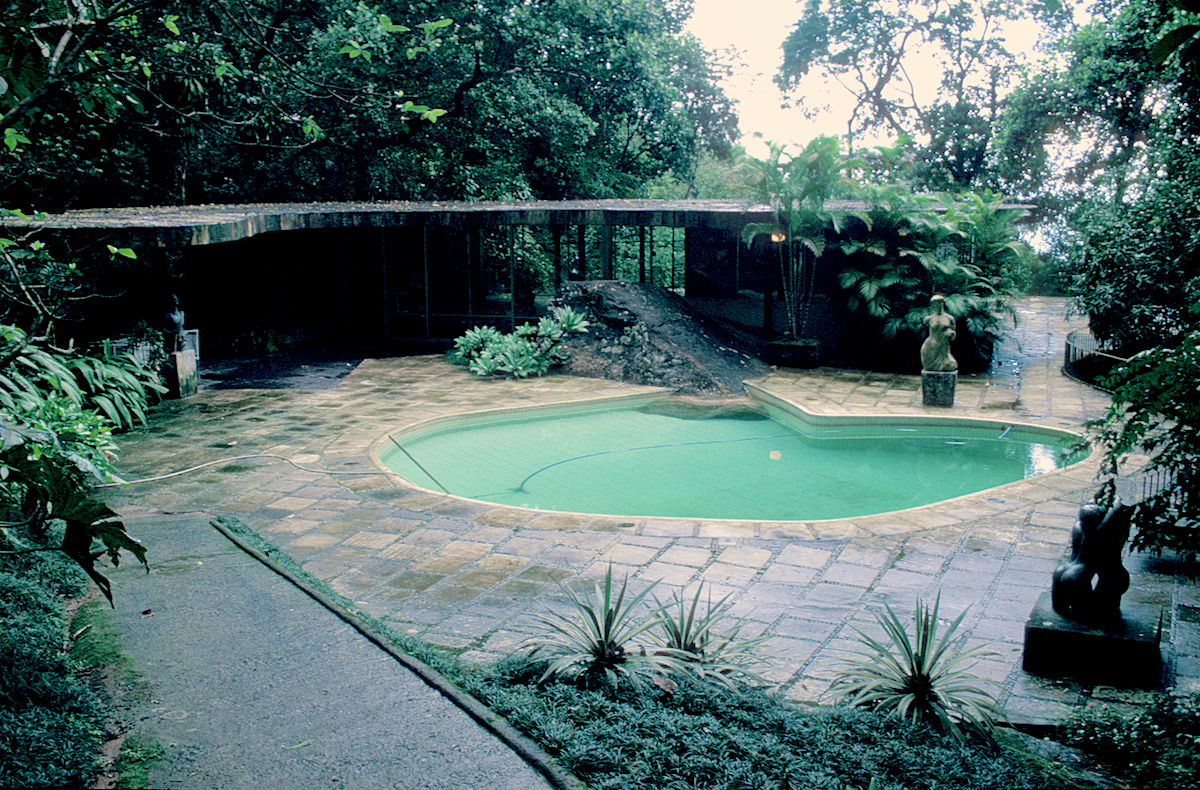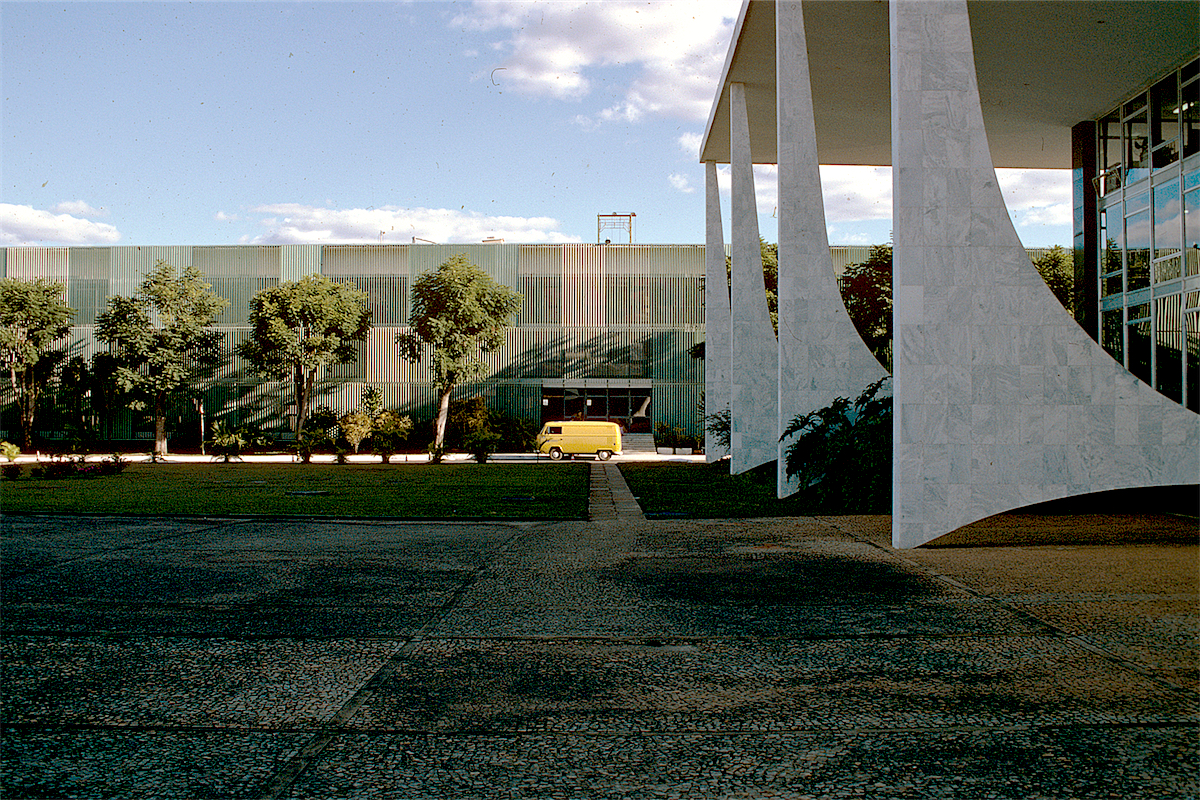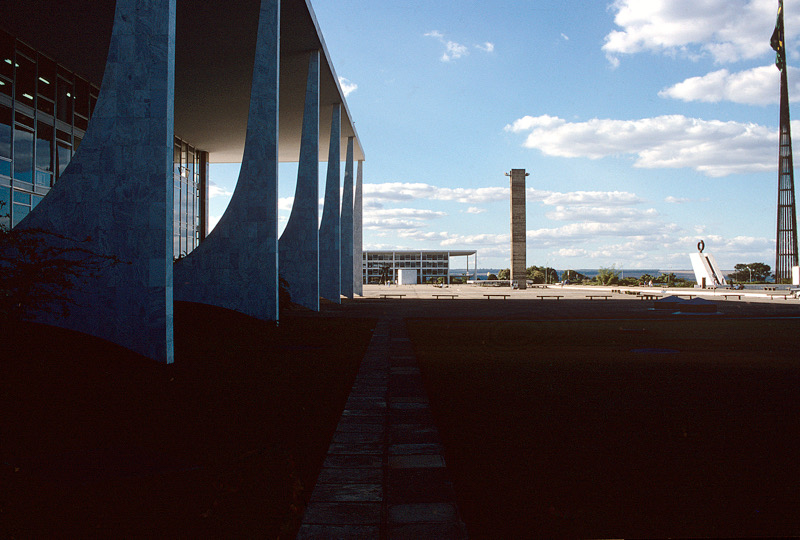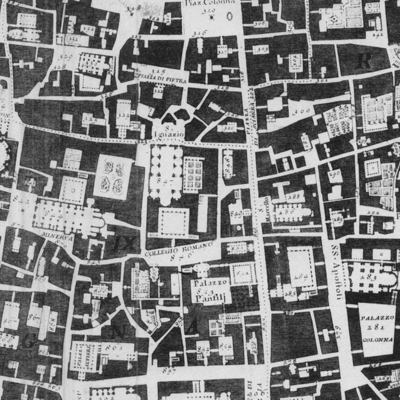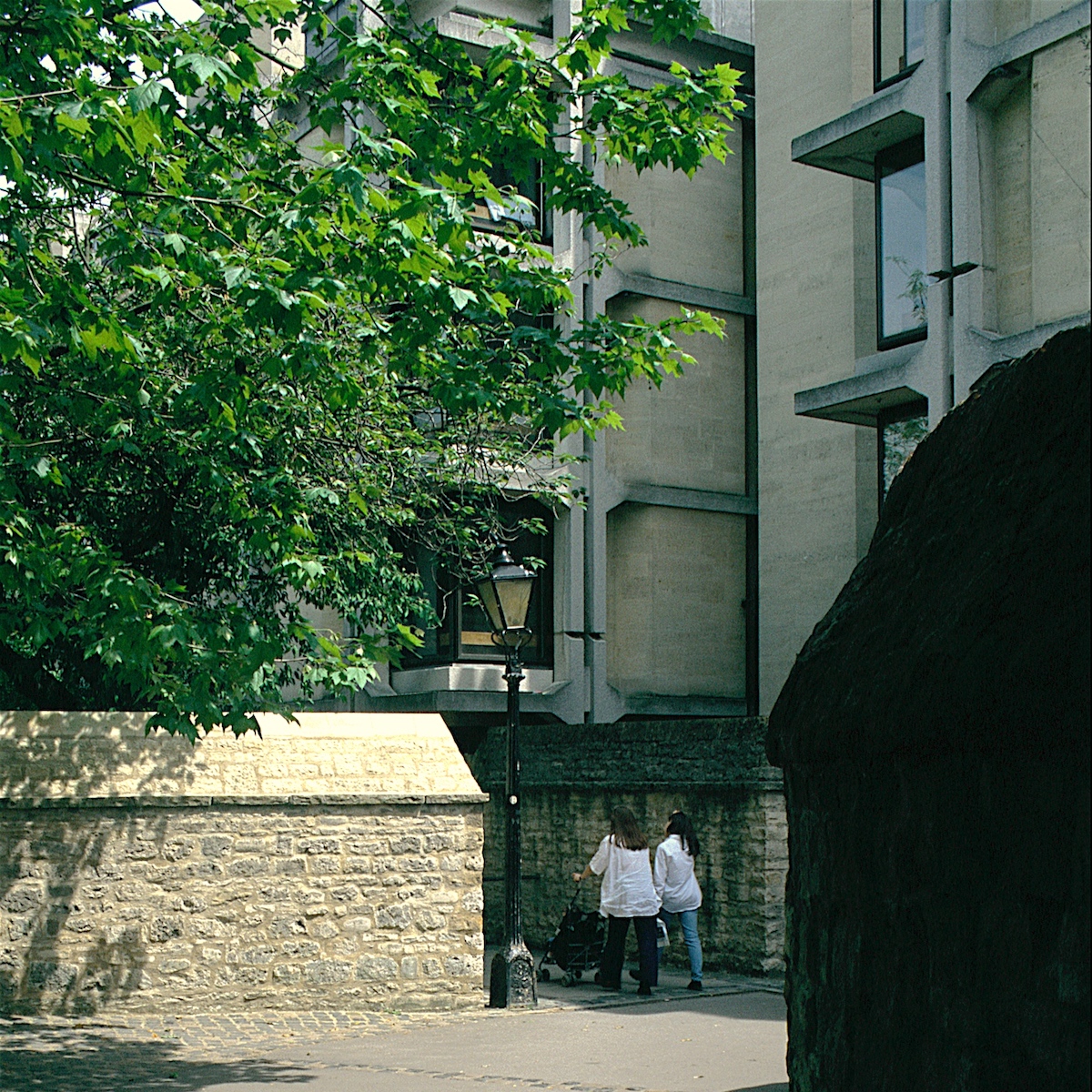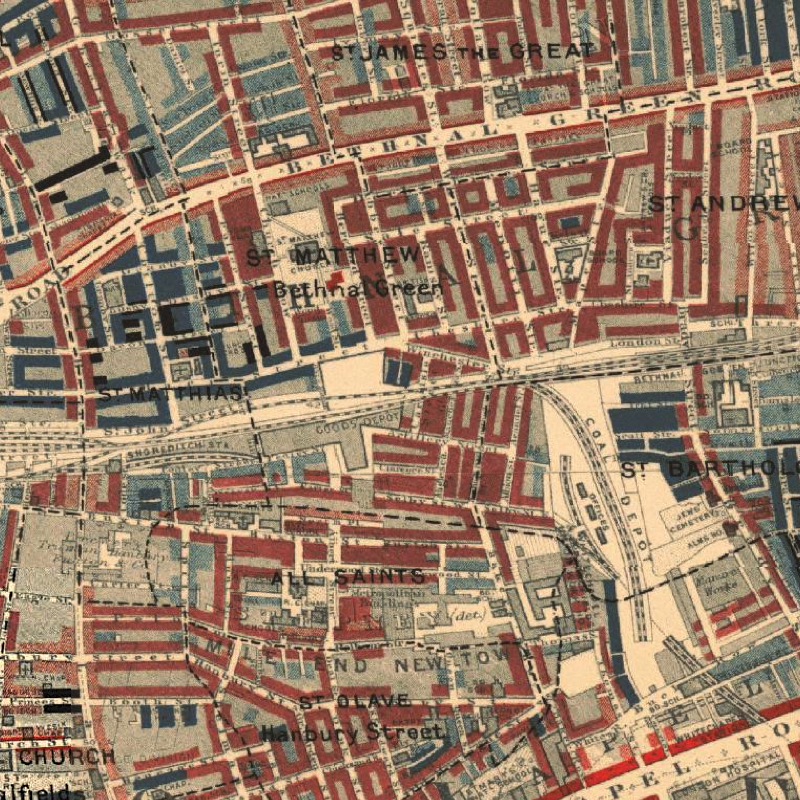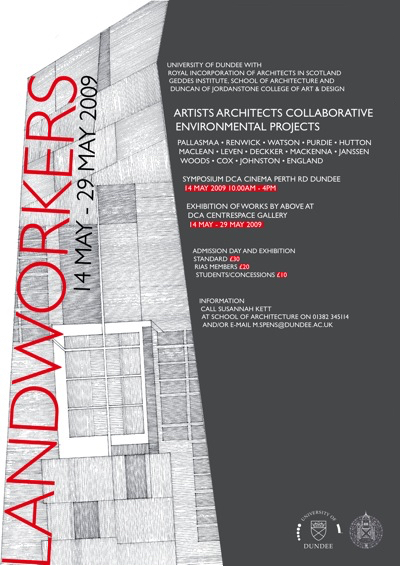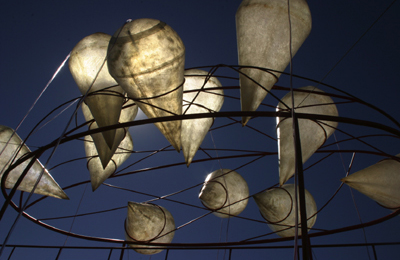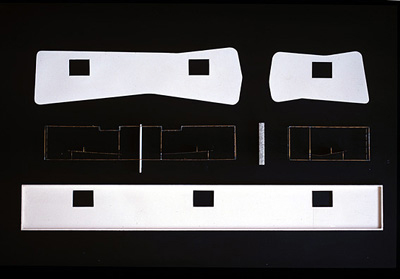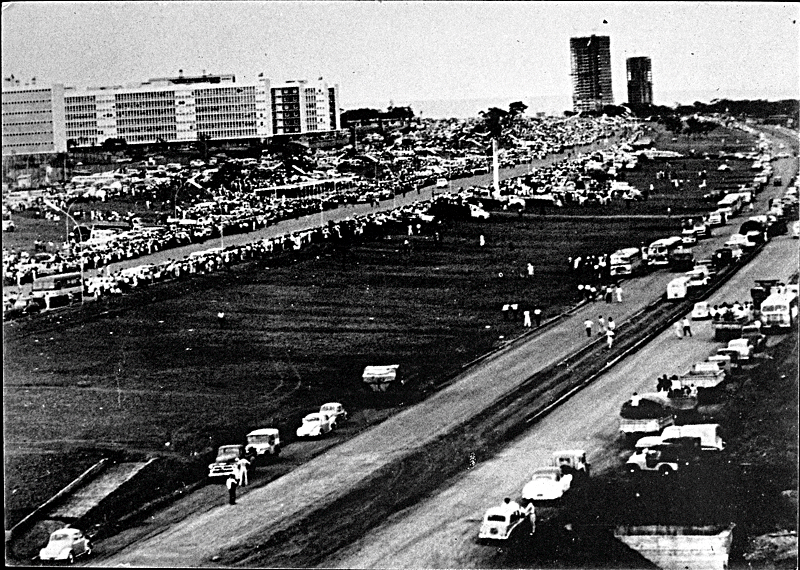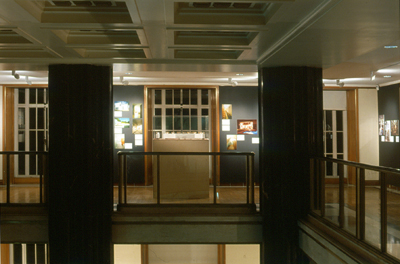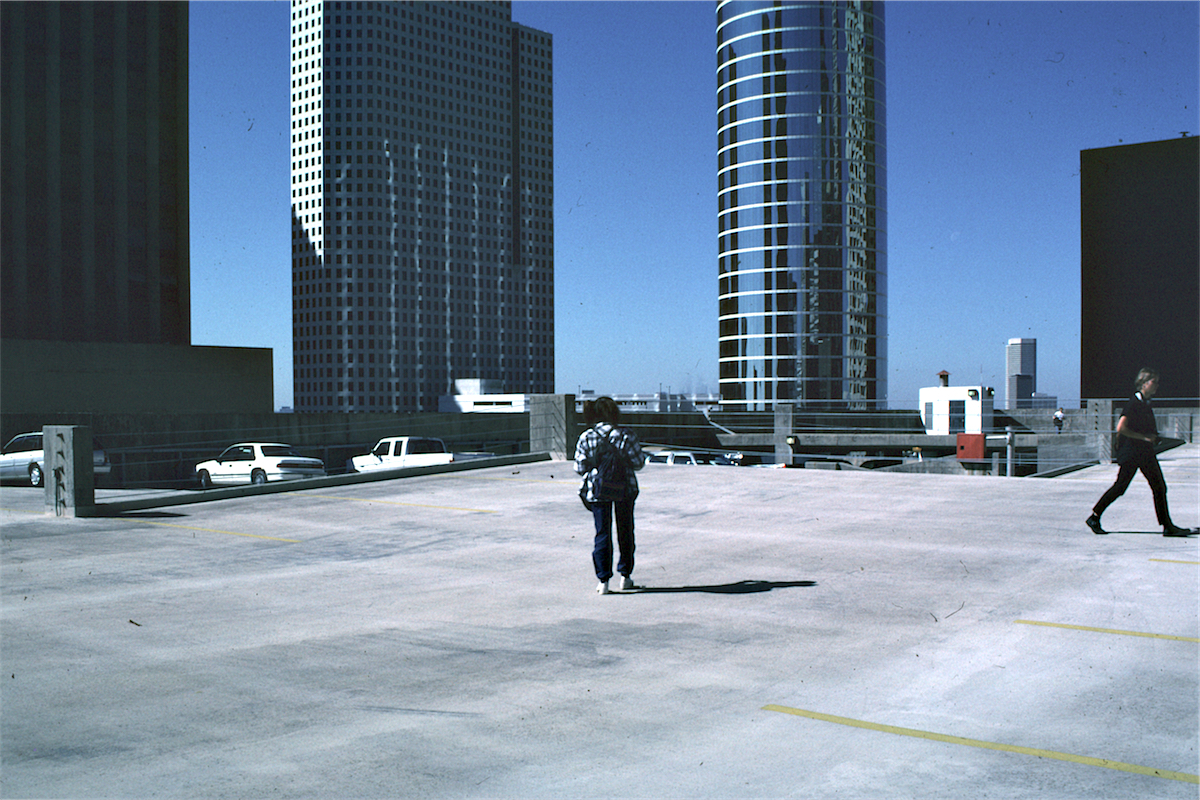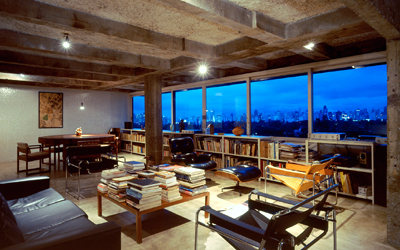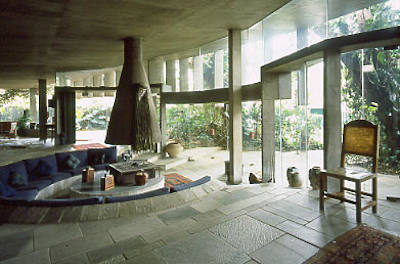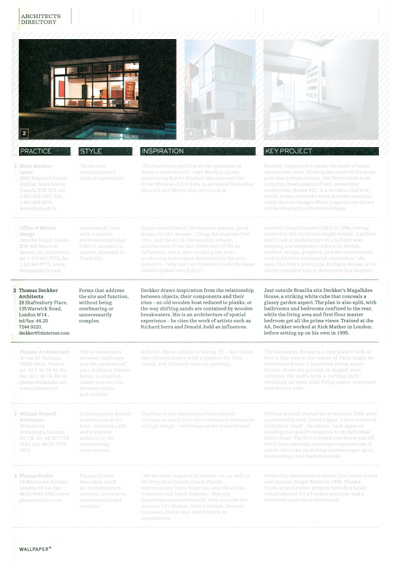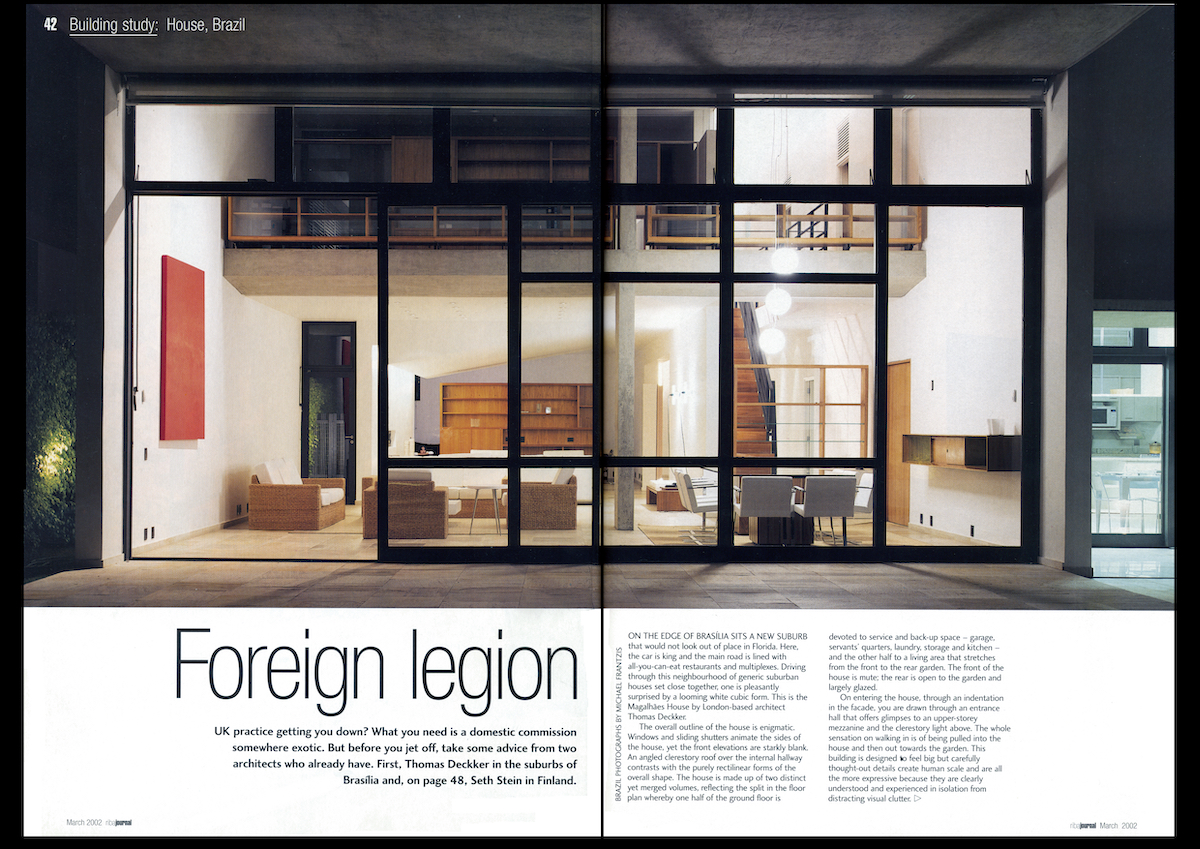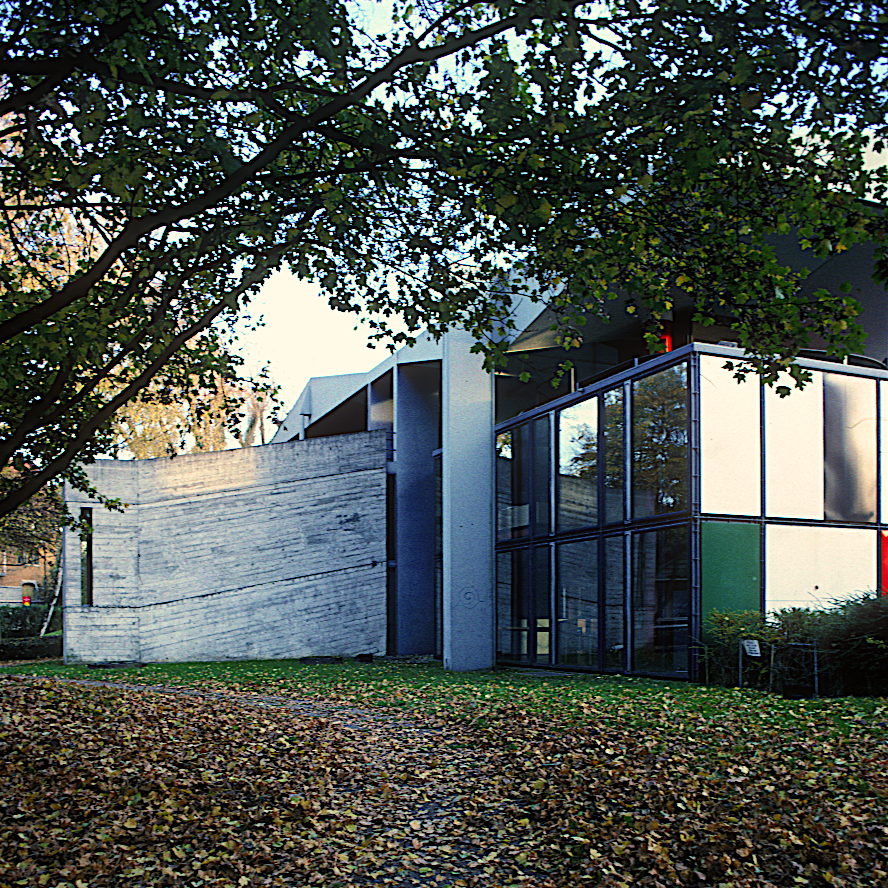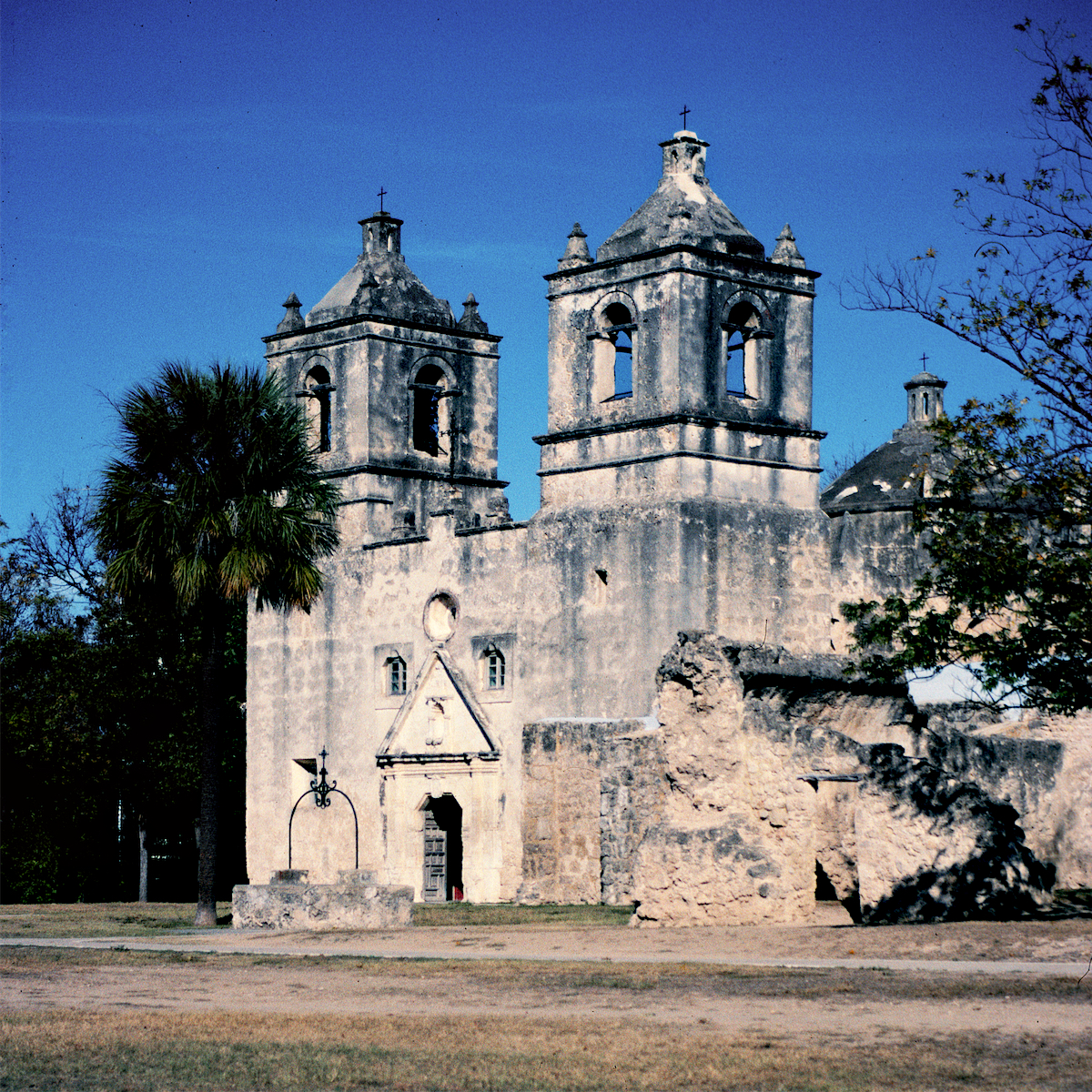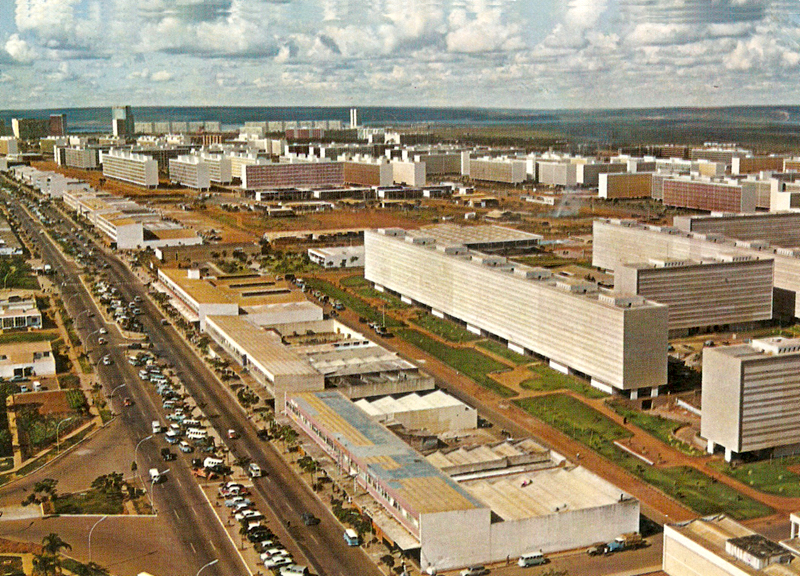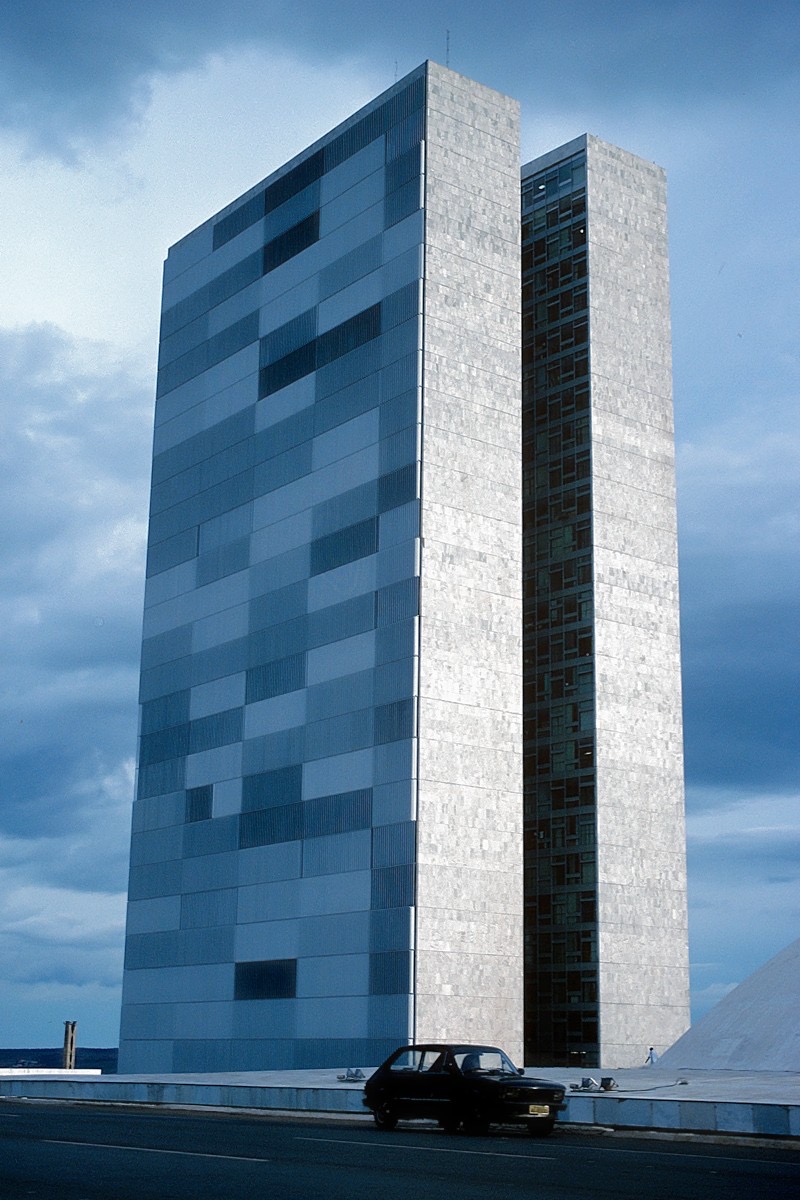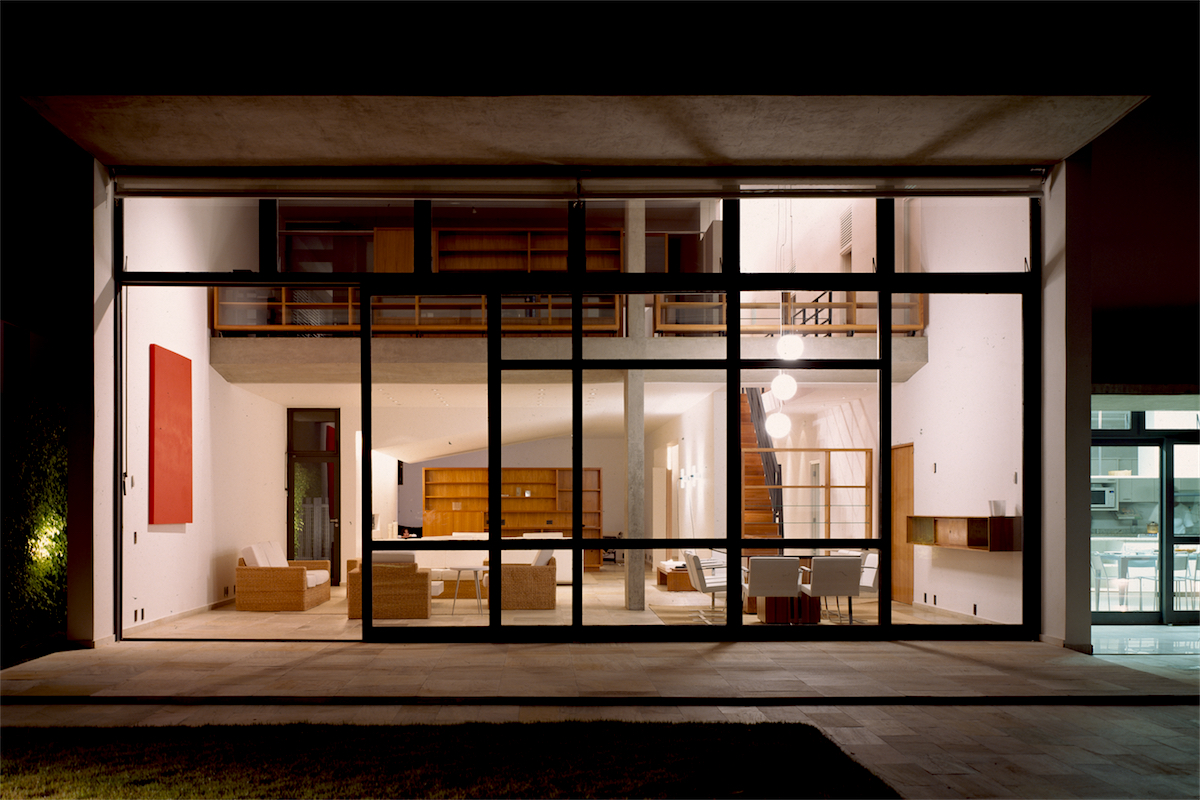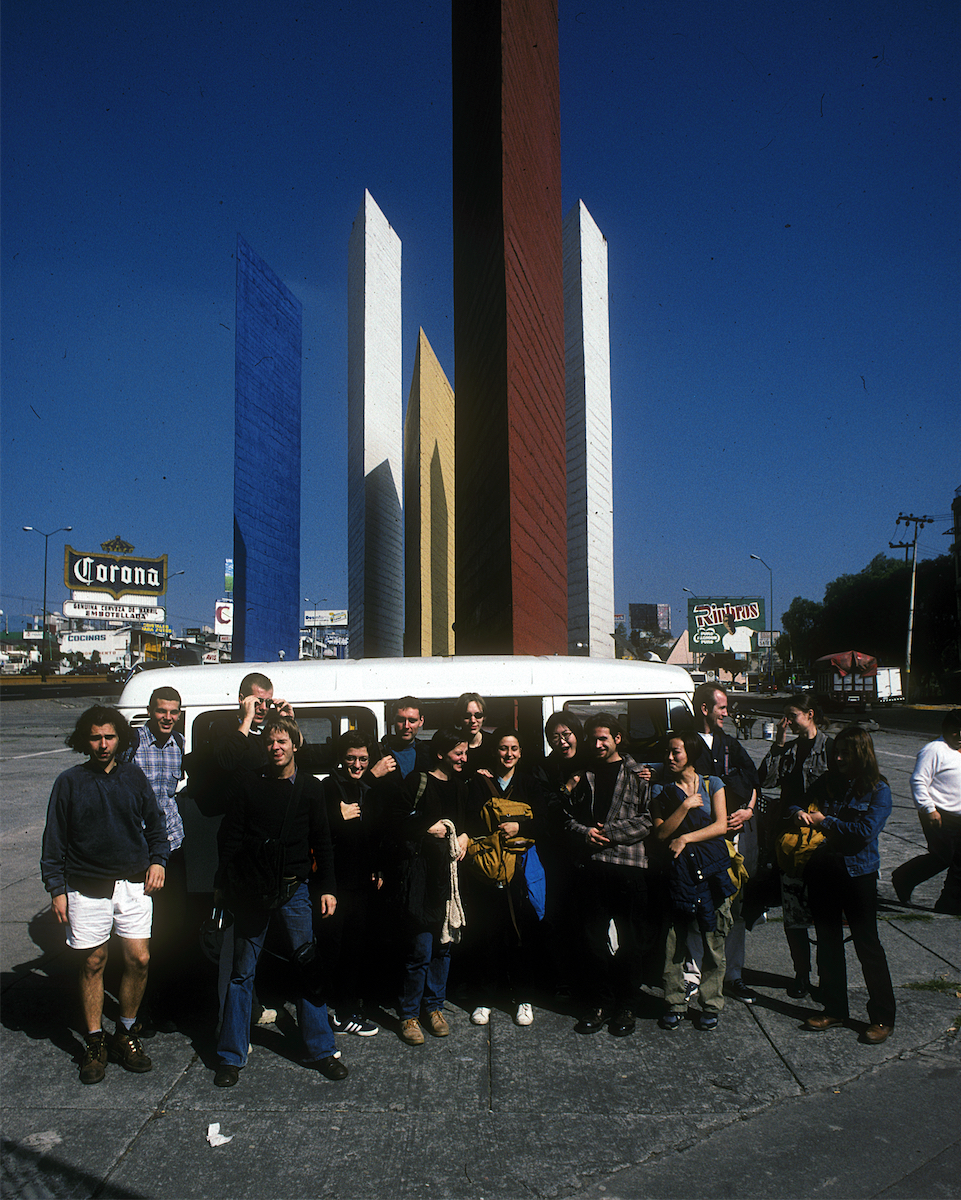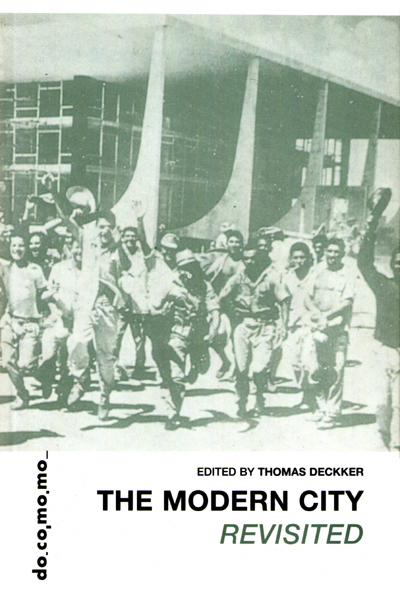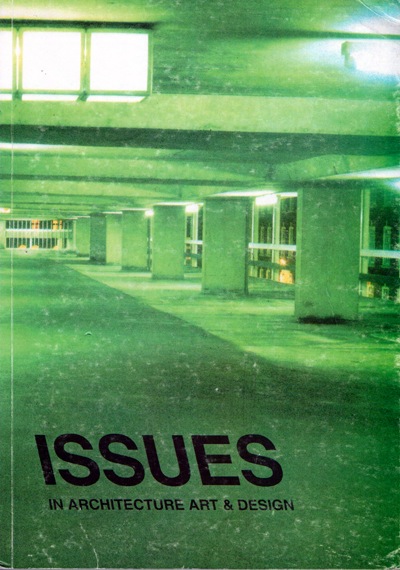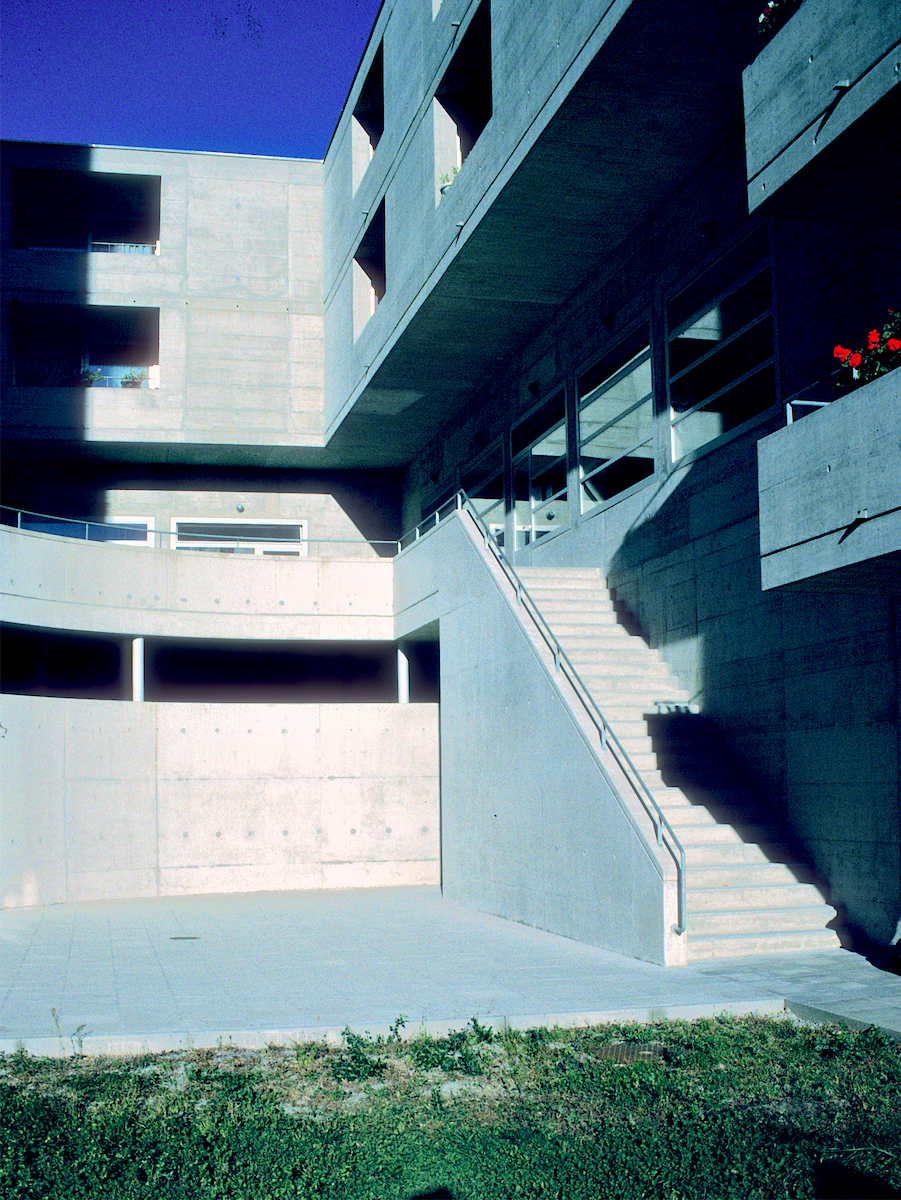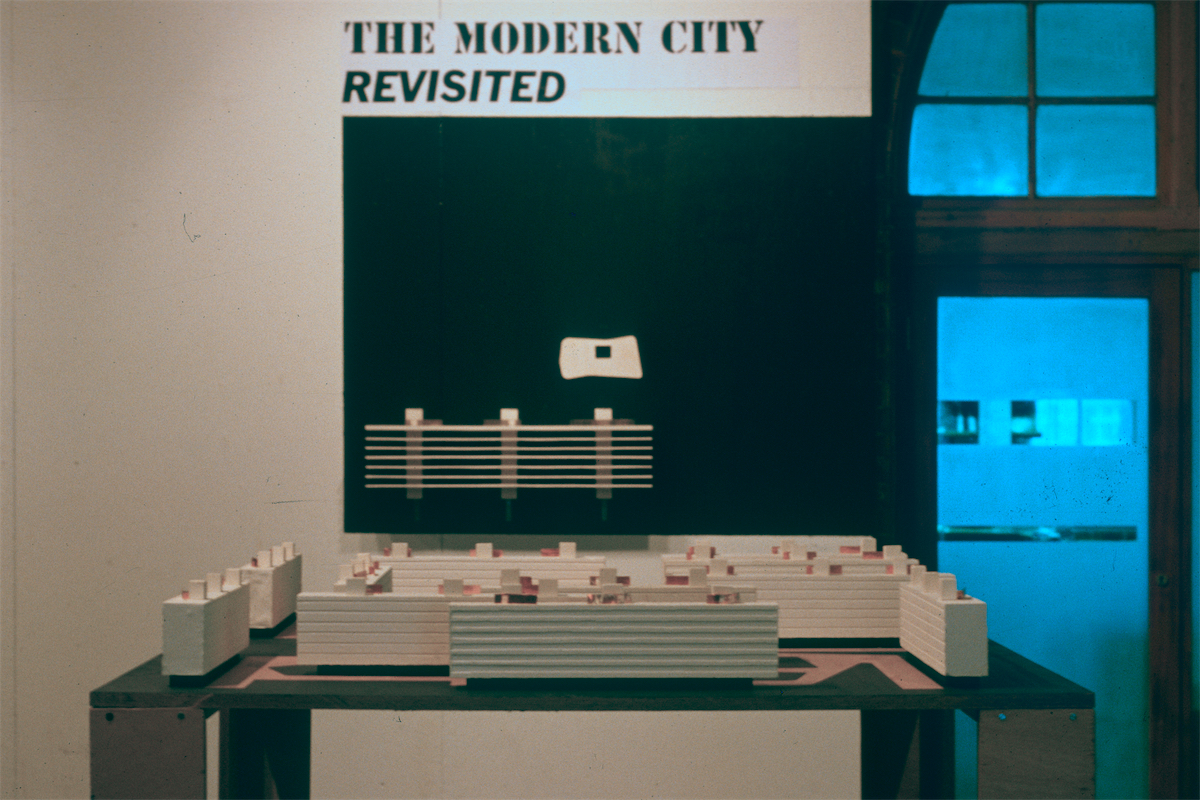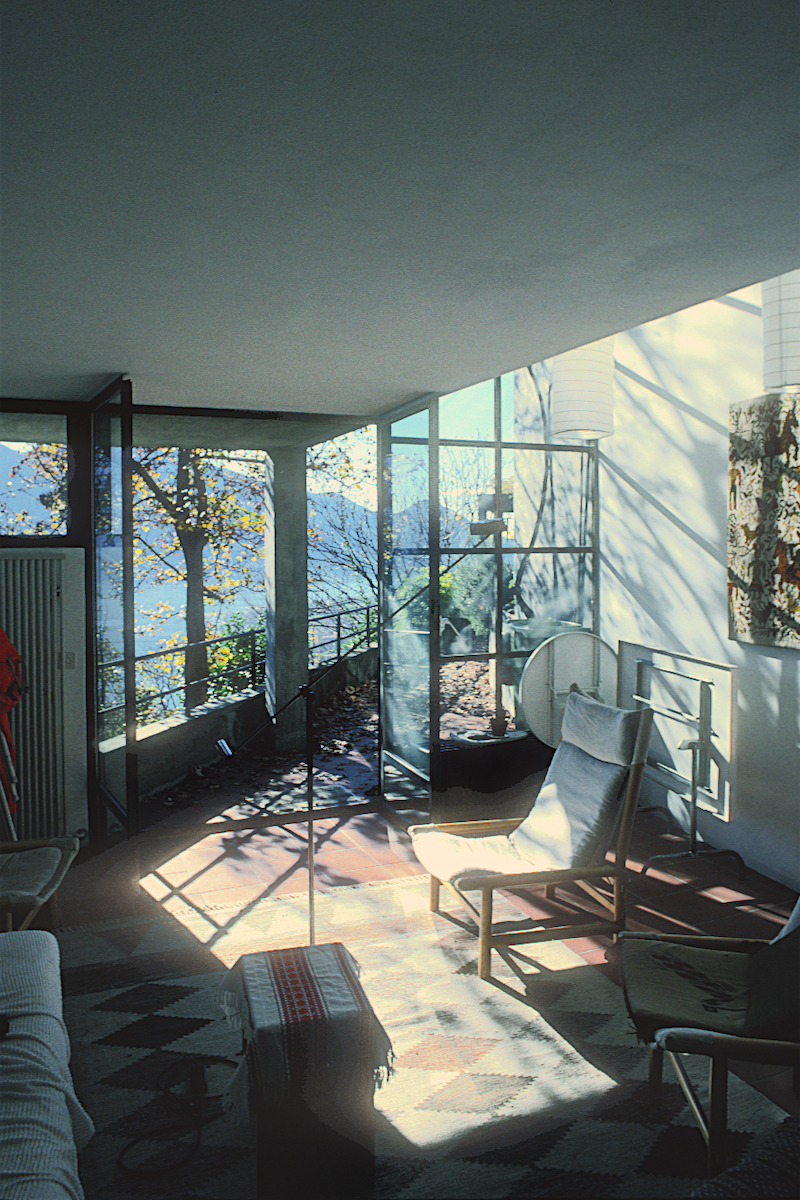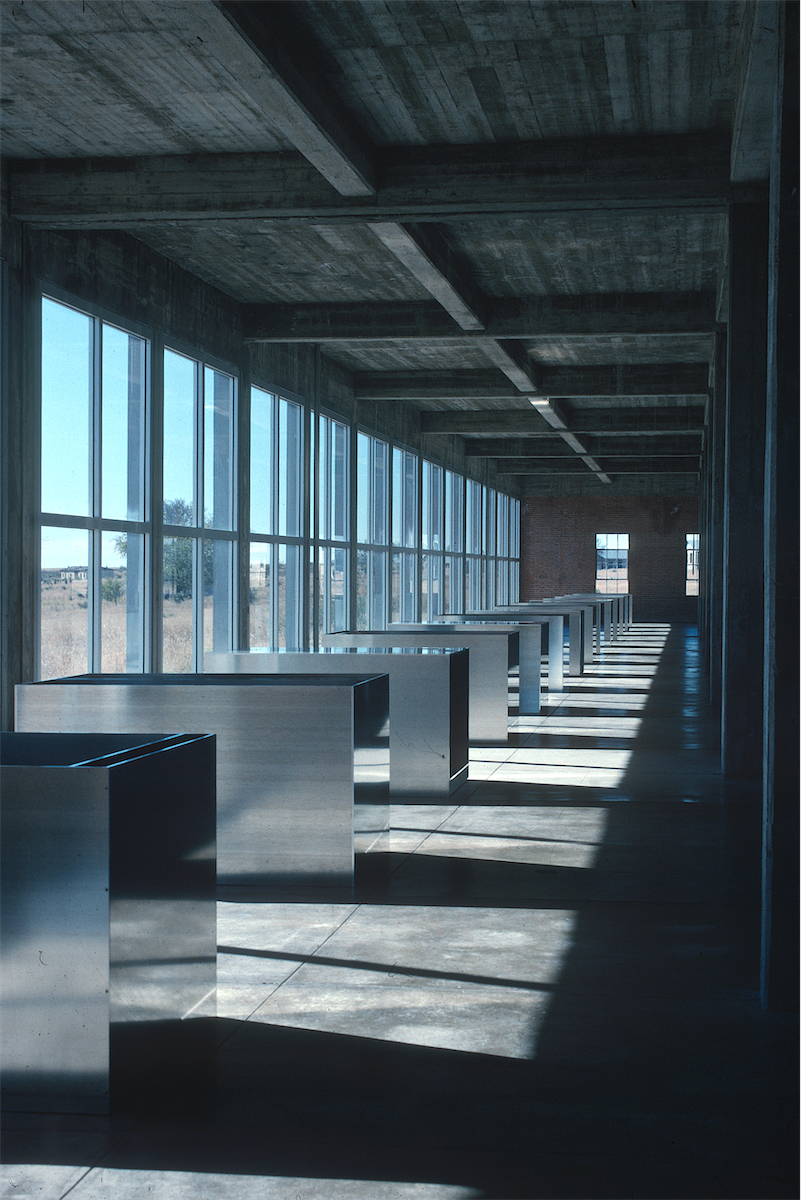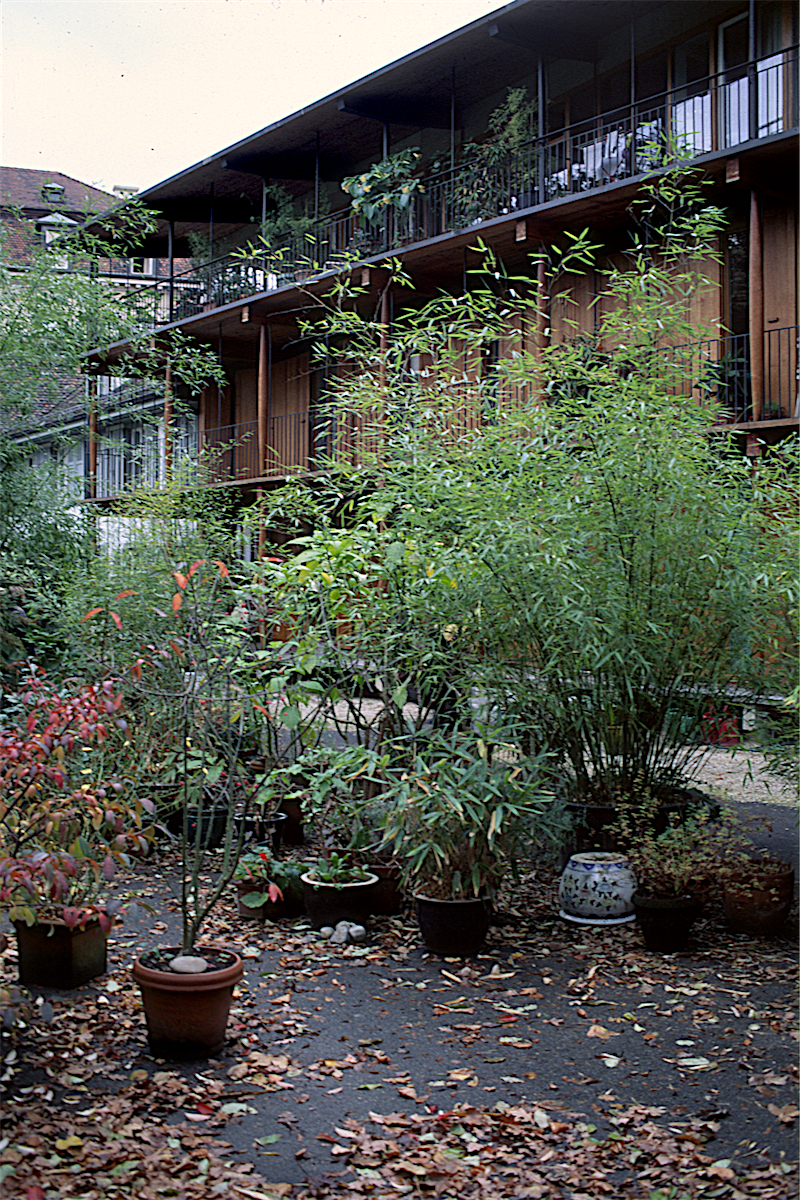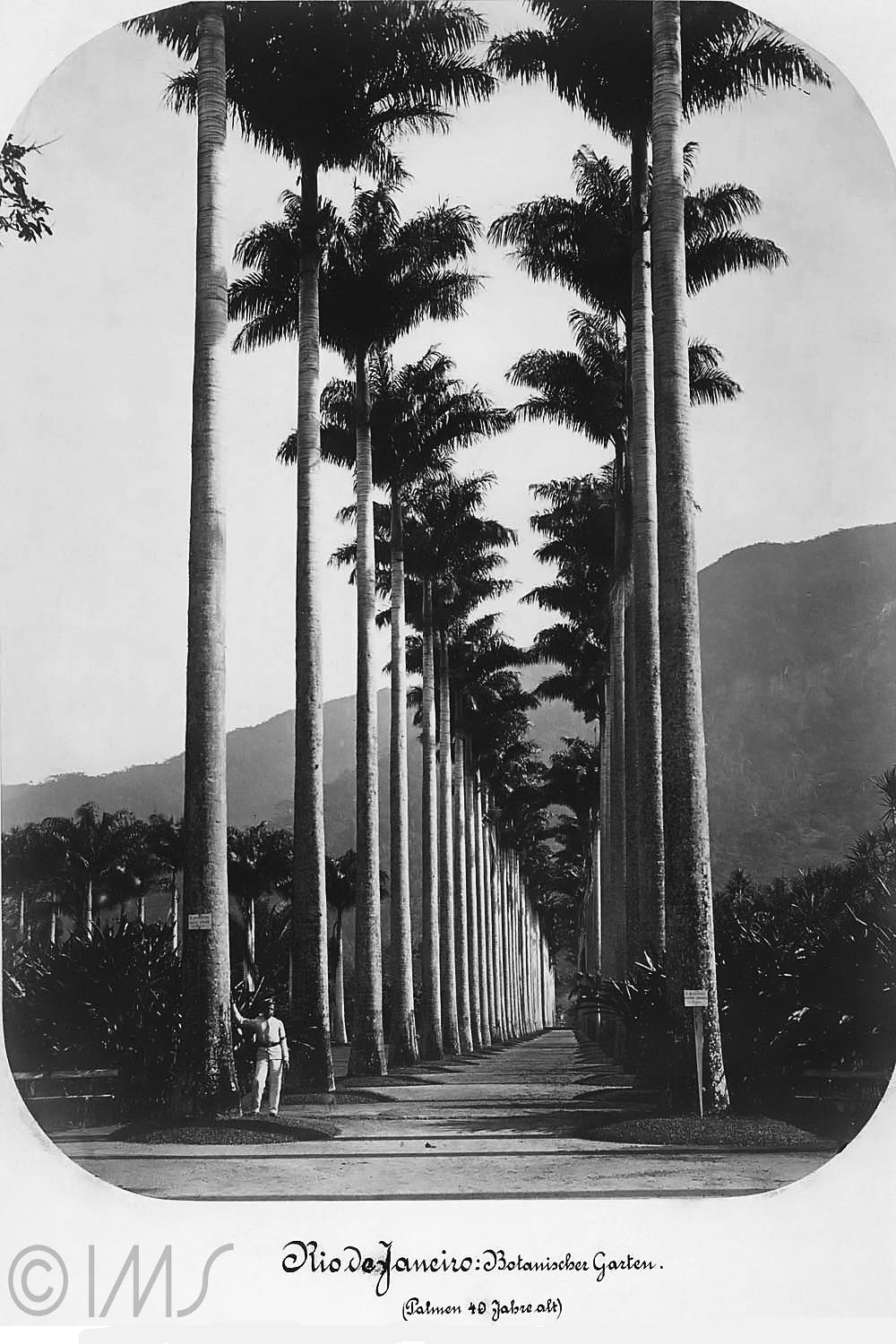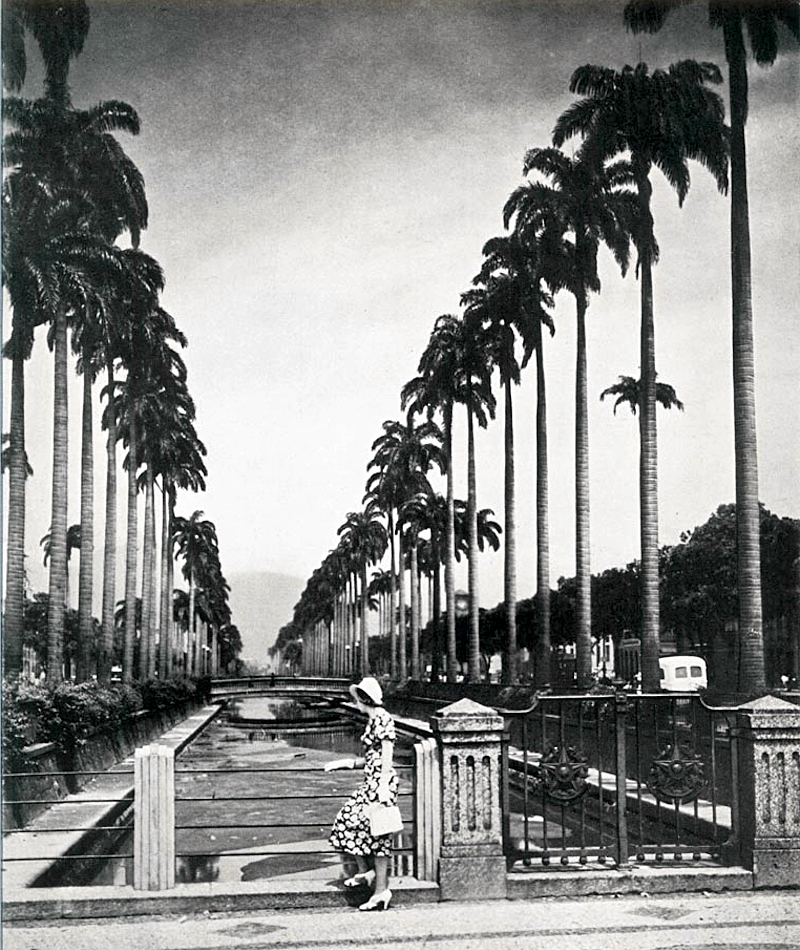Thomas Deckker proposed that the development of spaces linked to specifically Brazilian discourses of home, city and landscape in Rio de Janeiro was the major factor in the success of the city in the 1930s, 1940s and 1950s, and that their abandonment in the 1960s was a disaster from which the city is struggling to recover.
This paper is part of the "Cosmopolitanism in the Portuguese-Speaking World" conference at Kings College London.
Thomas Deckker is a Visiting Researcher at the Brazil Institute, Kings College London.
click here to go to Brazil Institute, Kings College London website
These specifically Brazilian discourses city and landscape may be seen in two formally equivalent spaces in Rio: the Jardim Botânico and the Canal do Mangue. Both of these were symbols of modernity in Rio, and involved not only aesthetics but such diverse and emerging concepts as public health and sanitation.
The Jardim Botânico was redesigned by Serpa Brandão, who planted palmeiras imperiais [imperial palm trees] on the main avenue, in 1842.
The Canal do Mangue was constructed by the Barão de Mauá in 1860, following an Imperial decree of 1835. The botanist Auguste Glaziou, Diretor dos Parques e Jardins da Casa Imperial [Director of Parks and Gardens for the Imperial Household], planted palmeiras imperiais [imperial palm trees] along the canal in 1869.
The SS Normandie was one of the most technically advanced and beautiful passenger liners ever built; launched in 1935, she sank in New York City harbour in 1942. She visited Rio on a cruise in 1938.
